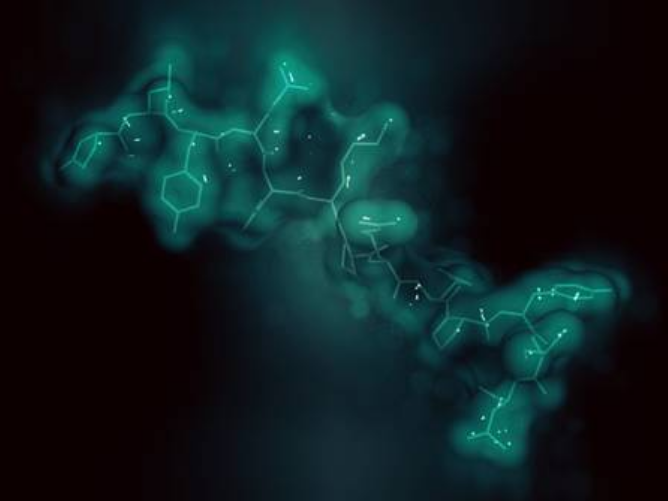A key factor to sustaining life is protein expression. Simply stated, it is the process in the human body that refers to the way in which proteins are modified, synthesized, and regulated. These functions have also been replicated in laboratory research, which is also known by the same terminology. In the United States today, there are several health initiatives geared toward protein expression and the function it will play in medical research, prescriptions, supplements moving forward.
What is the impact of Trichoderma reesei on protein expression?

A prime example of how this research is progressing can be seen in the company Bio-Tech Resources. They’ve used T. reesei, a mesophilic filamentous fungus, as a way to grow different strains of proteins. Trichoderma reesei expression services, in particular RUT-C30, offer a high yield, simple cost solution to production. These filamentous fungi are able to increase cultivation standards and enhance the range of strains replicated. Due to the delicate nature of the process, selecting the appropriate host, in this case the filamentous fungi, is crucial to the incubation of the synthetic hormone. For Bio-Tech Resources, their host was the fungi T. reesei.
Just as proteins are regulated and synthesized dependent on the needs of the cell in the body, the process is closely monitored in the fungus to make sure they yield a bioidentical hormone. In the body, DNA holds the codes for the different proteins which undergo a transcriptional process to create messenger RNA (mRNA). Those mRNAs are then translated into the proteins we need. The pathway of using their three-phase system to produce advanced strains promises a healthy and more robust future for synthesized expressions in fungi.
Trichoderma reesei has also had several other applications beyond protein development. When used for protein expression, enzymes are produced that are able to deconstruct plant cell walls. This breaking down of biomass is being harvested as sugars for biofuel production. This fungus has also been a marker in the biopharmaceuticals field. T. reesei is also used in processes you wouldn’t think of, like stonewashed denim. As the technology and science behind the process experience modifications, so too will the side effects and alternate procedures.
How is protein expression used in the aging process?

With the baby boomer generation reaching their golden years, there has been an increased need on the United States medical field to treat their aging bodies. Playing an important role in the fight against the aging process is bio-identical hormone therapy. Since hormones are vital to metabolism, immune factors, as well as keeping your energy levels high, it is crucial to replace the ones your body no longer naturally produces. This helps keep a healthy hormone level in the body. A bioidentical hormone could be estrogen, testosterone, or progesterone. These are typically found in lotions, gels, capsules, supplements, or injections. There is a good chance that you are currently taking a dosage of bioidentical hormone therapy, like estradiol, as a supplement if you are treating symptoms of depression, weight gain, hot flashes, or low libido. Bioidentical hormone therapy can boost estrogen and testosterone levels. As science allows humans to push the limits of aging, protein expression will continue to be at the heart of research and development.
How does the role of expression look moving forward?
The importance of artificial enzymes and synthetic hormones isn’t going away. The need to treat conditionals like menopause for women’s health or heart disease in all people will continue. Their analyses will grow. Prescription drugs, like those containing estradiol, will become more precise and effective. Hormone treatment, including estrogen and progesterone, will advance for humans, but it will also extend to cultivation in other organisms. Natural hormones in animals and insects will be altered to prevent diseases from spreading to the human race. Side effects of the process, like stone-washing, will continue to develop. The future is bright for synthetic versions and new enzymes in the United States and could be at the heart of how we adapt as a global community moving forward.
